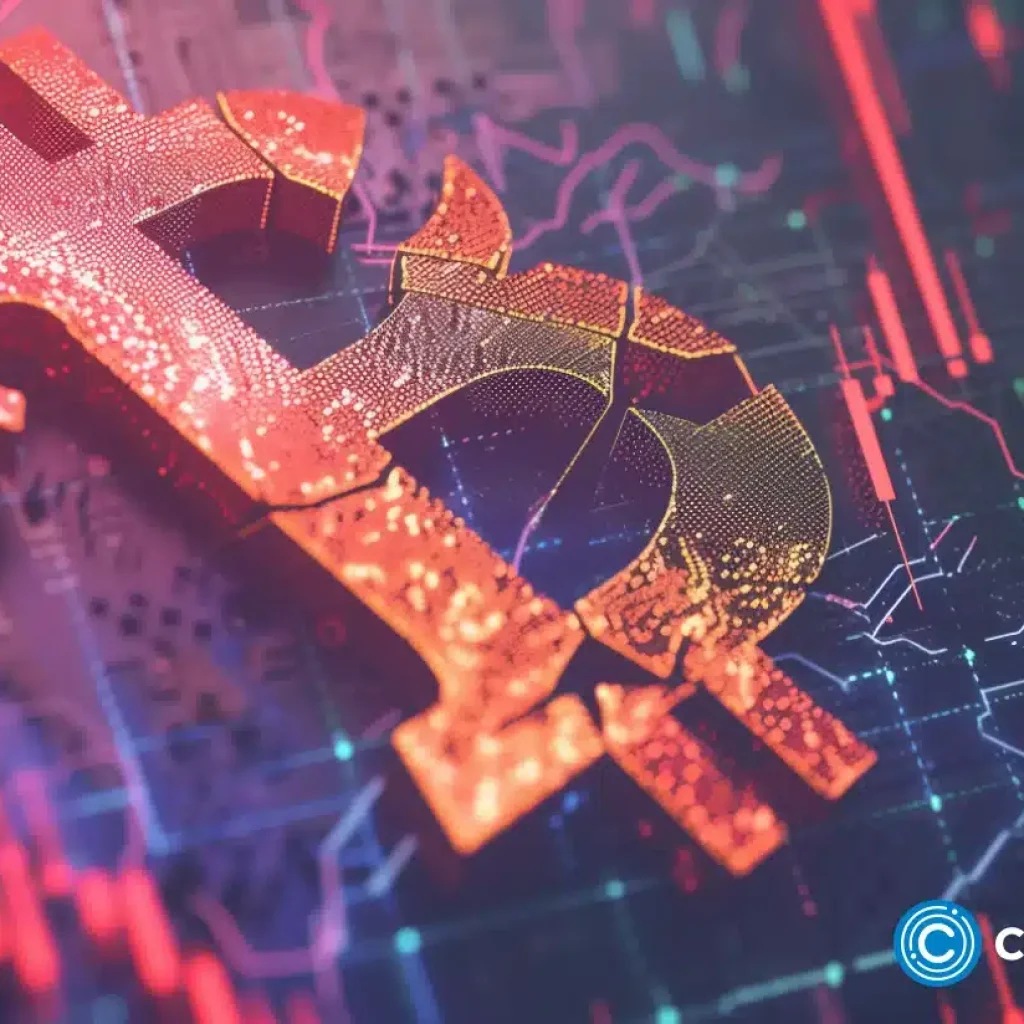Russia’s central bank, the Bank of Russia, has seen an increase in participation in its central bank digital currency (CBDC) pilot, with a total of 30 banks now involved. Seventeen additional banks have recently signed agreements to join the digital ruble program, bringing the total to 30. This initiative is part of the ongoing testing and implementation of the digital ruble, involving a diverse group of financial institutions, citizens, and trading and service companies.
Russia’s CBDC pilot test sees major boost
The 13 banks initially participating in the digital ruble pilot include Alfa Bank, Dom.Rf Bank, Ingosstrakh Bank, VTB Bank, GPB Bank, Qiwi Bank, Ak Bars Bank, MTS Bank, Promsvyazbank, Sovcombank, Sinara Bank, Rosbank, and TKB Bank.
Alongside these, approximately 600 citizens and 30 trading and service companies are actively engaged in testing the digital ruble with real transactions. The 17 additional banks that have signed agreements to join the extended digital ruble pilot are AB Bank Russia, Bank Orenburg, Russian Standard Bank, SME Bank, Rosselkhozbank (Russian Agricultural Bank), Tinkoff Bank, Expobank, Novikombank, Bank RRB, Kuban Credit Bank, Tochka Bank, Primtercombank, Rosdorbank, Sberbank, CB Center-Invest, RNKB Bank, and Dengi.Mail.Ru.
The digital ruble project has progressed through various stages, starting with the creation of a prototype platform in December 2021. Throughout 2022, the central bank conducted testing and refinement of the digital ruble prototype. Building on these results, a roadmap for implementation was developed.
The pilot operations with real digital rubles, involving a limited number of clients from the 13 initial banks, commenced in August 2023. The digital ruble itself is a digital representation of the Russian national currency, issued by the Bank of Russia alongside existing forms of money.
The digital ruble’s three forms and equivalence
The ruble, in this context, exists in three forms: cash, non-cash, and digital. These forms are considered equivalent, with one cash ruble being equal to one non-cash ruble, as well as one digital ruble. The involvement of a diverse range of banks, citizens, and businesses in the pilot program underscores the comprehensive testing and implementation approach taken by the Bank of Russia. The aim is to ensure that the digital ruble seamlessly integrates into the existing financial landscape, providing users with a secure and efficient digital form of the national currency.
As the digital ruble project advances, the collaboration between the central bank and participating institutions becomes crucial in refining the technology, addressing potential challenges, and preparing for broader adoption. The involvement of major banks such as Sberbank highlights the significance of the digital ruble in the broader financial ecosystem.
The development and implementation of central bank digital currencies have become a global trend, with various countries exploring or piloting their digital currencies. In Russia, the digital ruble project represents a significant step toward embracing the future of digital finance while maintaining the stability and equivalence of the national currency across different forms.
As the pilot program expands, the insights gained from the diverse participants will contribute to the continued refinement of the digital ruble infrastructure. The success of the digital ruble initiative could have broader implications for the financial landscape in Russia, influencing the way transactions are conducted and providing a new avenue for financial inclusion.
In conclusion, Russia’s central bank’s digital ruble pilot has gained momentum with the participation of 30 banks, including 17 newly added institutions. This comprehensive testing involving a wide range of stakeholders signifies a significant step in the evolution of digital currencies, with the digital ruble poised to become an integral part of Russia’s financial ecosystem.





